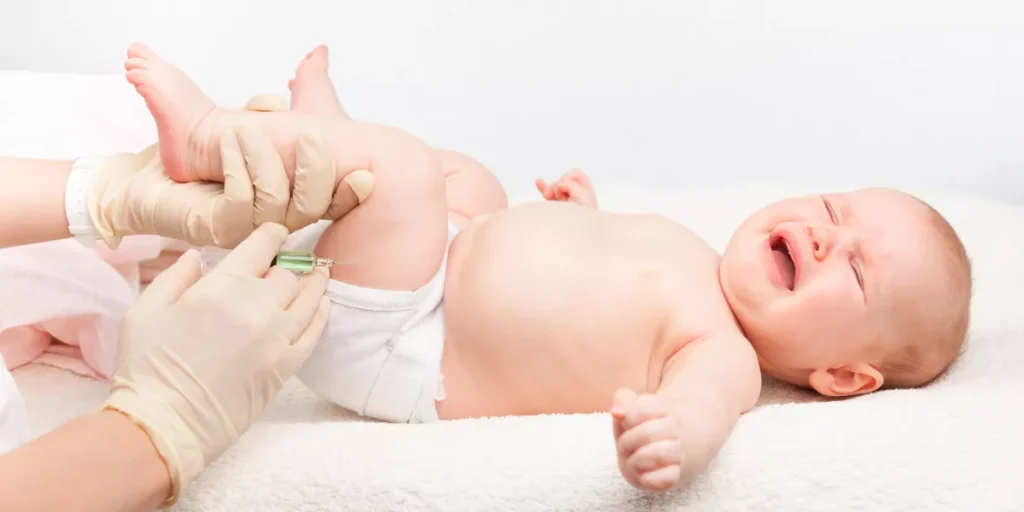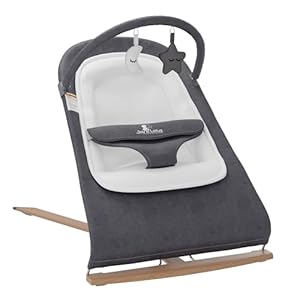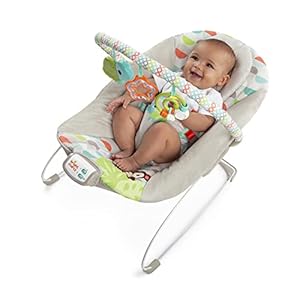
If your baby gets a burn or scald, knowing how to respond promptly can make a significant difference in their recovery. The first moments following the incident are crucial, and your quick actions can help alleviate pain and prevent further damage. Stay tuned to discover essential steps to take in the event of a burn or scald, ensuring you are equipped to handle such situations effectively and keep your little one safe.
Recognize the Type of Burn or Scald
When assessing a burn or scald on your baby, it’s crucial to identify the type promptly. Burns are categorized into three main types: first-degree, second-degree, and third-degree burns. First-degree burns are usually mild and only affect the outer layer of the skin, causing redness and pain.
Second-degree burns are more severe, affecting both the outer layer and the layer underneath, leading to blisters, swelling, and intense pain. Third-degree burns are the most severe, damaging all layers of the skin and potentially underlying tissues, resulting in a white or charred appearance.
To recognize the type of burn or scald your baby has, carefully examine the affected area. Look for signs such as redness, blistering, swelling, and the depth of the injury. Understanding the type of burn is essential as it determines the appropriate course of action and medical treatment required to ensure your baby’s well-being. Remember, accurate identification of the burn type is the first step in providing the necessary care for your little one.
Provide Immediate First Aid
If your baby sustains a burn or scald, the first step is to provide immediate first aid to alleviate their pain and prevent further damage. Begin by removing your baby from the source of the burn or scald to prevent additional injury. Then, cool the affected area by running it under cool (not cold) water for about 10-20 minutes. Avoid using ice or butter on the burn as this can worsen the damage.
Next, gently pat the area dry with a clean cloth and cover it loosely with a sterile bandage or clean cloth to protect it from infection. It’s important not to break any blisters that may have formed, as this can increase the risk of infection.
If the burn or scald is on your baby’s face, hands, feet, or genitals, or if it covers a large area, seek medical attention immediately. Keep a close eye on your baby for any signs of shock, such as pale skin, rapid heartbeat, or shallow breathing. Remember to comfort and reassure your baby throughout the process to help them feel safe and secure.
Seek Medical Attention if Necessary
Consider consulting a healthcare provider promptly if the burn or scald on your baby requires medical attention. It’s crucial to seek professional help in certain situations, such as when the burn is larger than a quarter in size, appears deep, or is located on the face, hands, feet, genitals, or joints. Additionally, if the burn is from a chemical or electrical source, seeking medical attention is imperative. A healthcare provider can assess the severity of the burn, provide appropriate treatment, and prevent potential complications.
Medical attention may also be necessary if your baby is showing signs of infection, such as increased redness, swelling, warmth, or drainage from the burn site. In cases where the burn is causing excessive pain that isn’t relieved by over-the-counter medications, a healthcare provider can offer pain management strategies. Remember, burns can be serious injuries, especially in infants, so it’s better to err on the side of caution and seek medical advice when in doubt.
Prevent Future Burns or Scalds
To prevent future burns or scalds on your baby, prioritize implementing safety measures in your home environment. Start by adjusting your water heater to below 120°F (48°C) to prevent accidental scalding during baths. Always test the water temperature before placing your baby in the tub.
Install stove guards to prevent little fingers from reaching hot surfaces, and use back burners with pot handles turned inward. Keep hot drinks away from edges and use mugs with lids. Secure electrical cords and keep hot objects out of reach on high surfaces. Use safety gates to block access to dangerous areas like the kitchen.
Store matches, lighters, and candles in childproof cabinets. Avoid holding hot food or beverages while carrying your baby. Never leave your baby unattended near fireplaces, heaters, or candles. These simple precautions can significantly reduce the risk of burns or scalds, ensuring a safe environment for your little one.
Baby products














